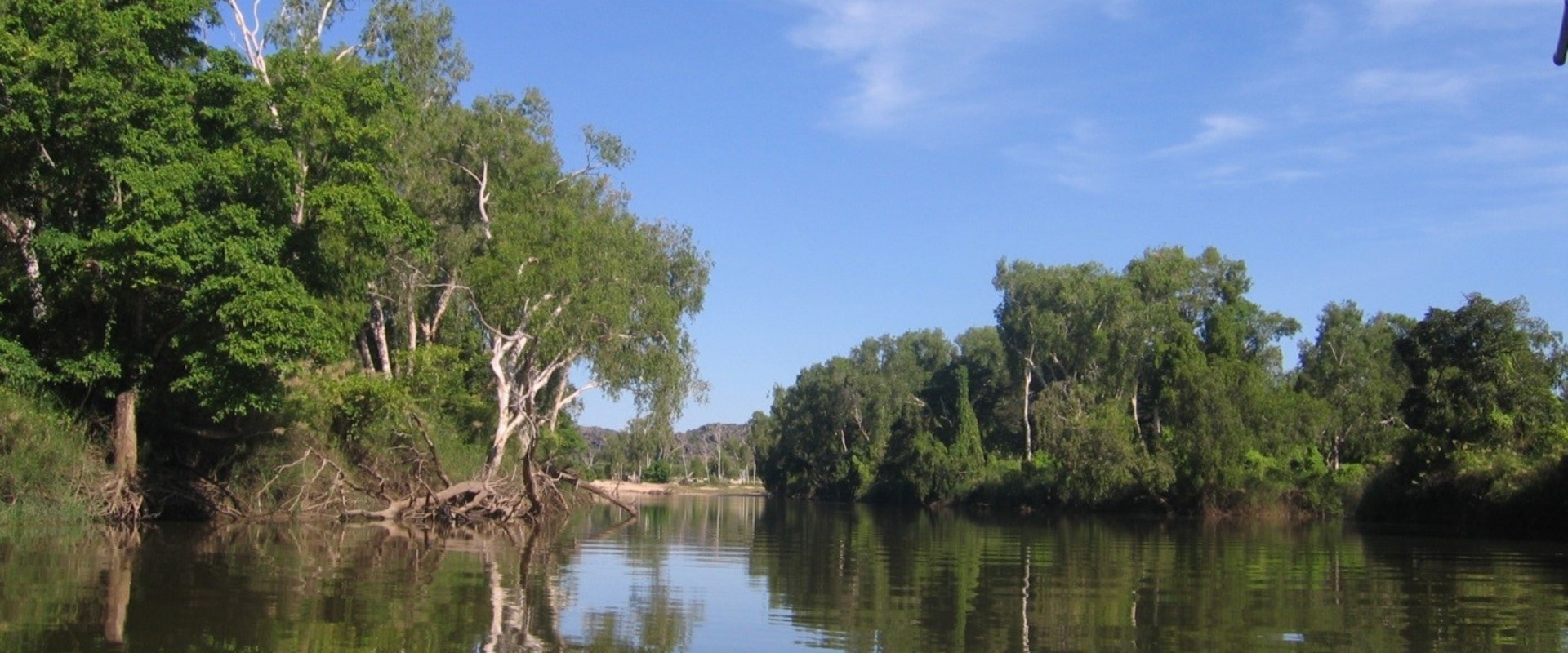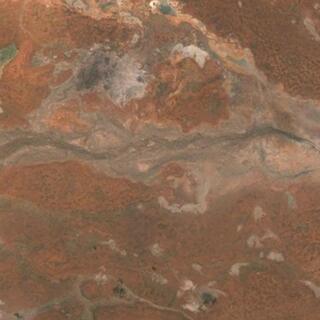Requirements
Customer: Department of the Environment and Heritage (Cth)
Kakadu National Park is renowned world-wide for its iconic landscape, composed of a diversity of wetland types ranging from intertidal mangrove forests and mudflats, to permanent billabongs and vast expanses of seasonal freshwater marshes.
The Stage I Kakadu Ramsar site was listed as one of the first Australian wetlands of international importance under the Ramsar Convention. Later, the Stage II Kakadu Ramsar site was nominated, resulting in a total of 683,000ha.
We were commissioned to conduct an Ecological Character Description (ECD) of the Kakadu Ramsar sites.
Solutions
The study primarily involved an assessment to identify critical processes, components and services of the wetland ecosystems. This assessment relied on input from individuals with extensive experience with the Ramsar sites. A consultation component of the study was conducted in Jabiru. As part of this process, significant threats to the wetland services were identified, information gaps highlighted and conceptual models of ecosystem functions developed.
Quantitative and semi-quantitative limits of acceptable change to critical wetland habitats and species was also developed as part of the study. These limits of acceptable change will need to be assessed in the context of future activities that may affect the ecological character of the wetland as a matter of national environmental significance.
Benefits
- Identification of critical wetland elements of the Ramsar Site;
- Consultation with key stakeholders, including Traditional Owners;
- Quantification of limits of acceptable change to wetland elements; and
- Identification of strategic information gaps and monitoring needs.




